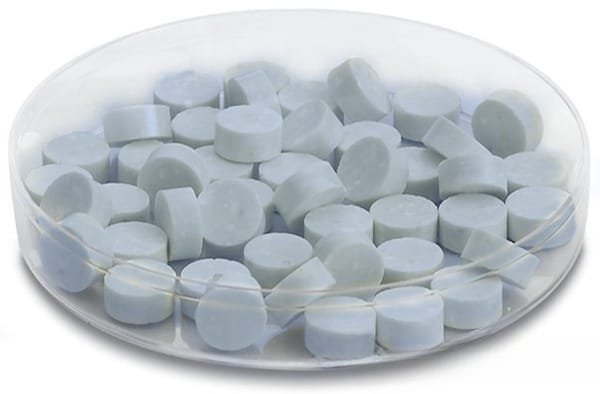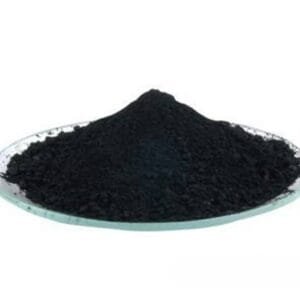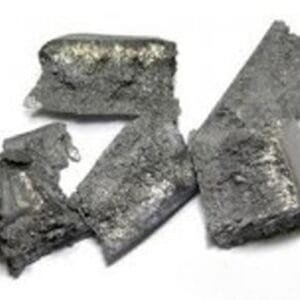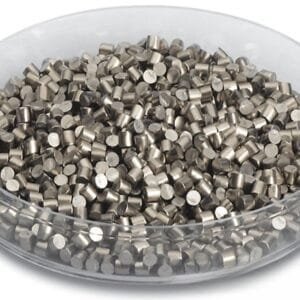Tungsten Disulfide Evaporation Materials Overview
TFM offers tungsten disulfide (WS2) evaporation materials, a high-performance sulfide ceramic ideal for use in various deposition processes. The superior purity of these materials, reaching up to 99.9995%, ensures the production of high-quality thin films. TFM employs rigorous quality control methods, ensuring the reliability and consistency of every product.
Related Products
- Tungsten Evaporation Materials
- Sulfide Ceramic Evaporation Materials
Tungsten Disulfide Evaporation Materials Specifications
| Material Type | Tungsten Disulfide (WS2) |
|---|---|
| Appearance/Color | Blue-gray Solid |
| Melting Point | 1,250 °C (2,280 °F; 1,520 K), decomposes |
| Density | 7.5 g/cm³ |
| Purity | 99.5% – 99.9% |
| Shape | Powder, Granules, or Custom-made |
Applications of Tungsten Disulfide Evaporation Materials
Tungsten disulfide (WS2) is widely utilized in deposition processes such as semiconductor fabrication, chemical vapor deposition (CVD), and physical vapor deposition (PVD). Its excellent properties make it ideal for optical applications, including protective coatings, decorative finishes, and display technologies.
Packaging and Handling
Each batch of tungsten disulfide evaporation materials is carefully packaged, labeled, and tagged to facilitate easy identification and maintain product integrity. TFM takes special precautions to ensure safe transport and storage, reducing the risk of any damage during shipment.
Contact TFM for Custom Orders and Pricing
As a leading supplier, TFM offers a wide range of high-purity tungsten disulfide evaporation materials in various shapes such as granules, powder, rods, and custom configurations. For tailored orders or to inquire about pricing, including materials not listed, contact TFM directly. Additionally, TFM supplies evaporation sources, crucibles, filaments, heaters, and e-beam crucible liners to complement these materials.


 MSDS File
MSDS File



Reviews
There are no reviews yet.